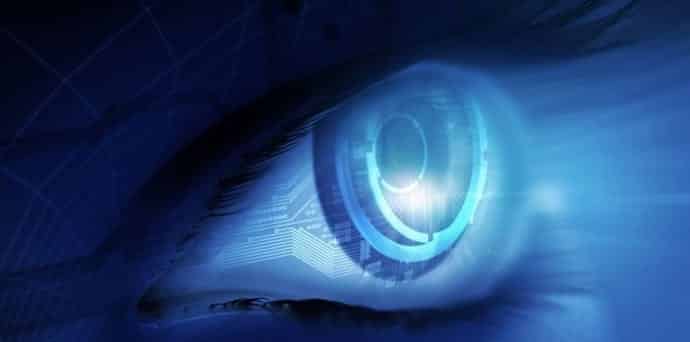Australian scientists start trialling fully bionic eye tech that could restore vision to millions worldwide
Australian scientists are set to begin trials of a new bionic eye technology that could give sight back to millions of individuals throughout the world.
Developed by the engineers at the University Of New South Wales (UNSW), the Phoenix99 bionic eye is a fully implantable system that represents a number of world-firsts in neural stimulation technology.
The device has been demonstrated successfully in pre-clinical work led by a team of elite surgical experts from Sydney and it is expected to give patients better vision than any of the current restoration technologies.
This initiative very recently received another big push forward, as the team behind the work received more funding to move towards the next stage of research: Human implantation.
“We were really excited by the first trial because it proved the technology and implementation technique works,” said one of the inventors of the system, Gregg Suaning. “Patients ‘learn’ to use the technology, in the same way a person implanted with a cochlear ear implant ‘learns’ to hear electrical impulses.”
The team at UNSW have been researching bionic eye technology as far back as 1997 in the hopes of helping people suffering from retinitis pigmentosa, a degenerative condition that causes individuals to lose their eyesight beginning in their 30s and often leads to complete blindness in a span of 10 years.
Notably, the condition affects nearly 2 million people around the world. However, scientists are yet to find a way to reverse the degeneration even though advances have shown that medication can slow it down.
However, bionic vision technology could be one way of bringing back sight to people affected by retinitis pigmentosa. In 2012, the UNSW engineers were part of a team that trialled an earlier, partially implanted prototype device with three patients with retinitis pigmentosa.
The prototype consisted of a 24-electrode array with external electronics that allowed the patients users to see spots of light, called phosphenes. The users could also get a sense of distance with the help of special cameras and with the phosphenes appearing brighter when still objects were closer.
“It’s been amazing,” said Dianne Ashworth, one of the implant recipients. “The more I’ve used it, the more natural it feels.”
In contrast to this earlier prototype, the new Phoenix99 devices that are schedule for human trials are fully implantable and will offer better vision than any available technology.
Over the next two years, Suaning and fellow co-inventor Nigel Lovell plan to implant the Phoenix99 in up to a dozen patients. The surgery will take about two to three hours to implant the bionic eye, after which point the only sign of the implant is a small disc behind the ear that transmits power and data to the device, which will then deliver electrical impulses to back of the eye.
The user also wears a pair of glasses equipped with a small camera. The images captured by the camera help to define the stimulation of nerve cells in the patient’s retina, sending signals to the brain’s visual cortex.
Recently, the team was given AU$1.1 million in new funding by the National Health and Medical Research Council (NHMRC). However, in order to take the research to the next level and get their bionic eye into mainstream clinical practice, the scientists say they require an additional $10 million over the next five years.
You can donate to this worthy project here.

